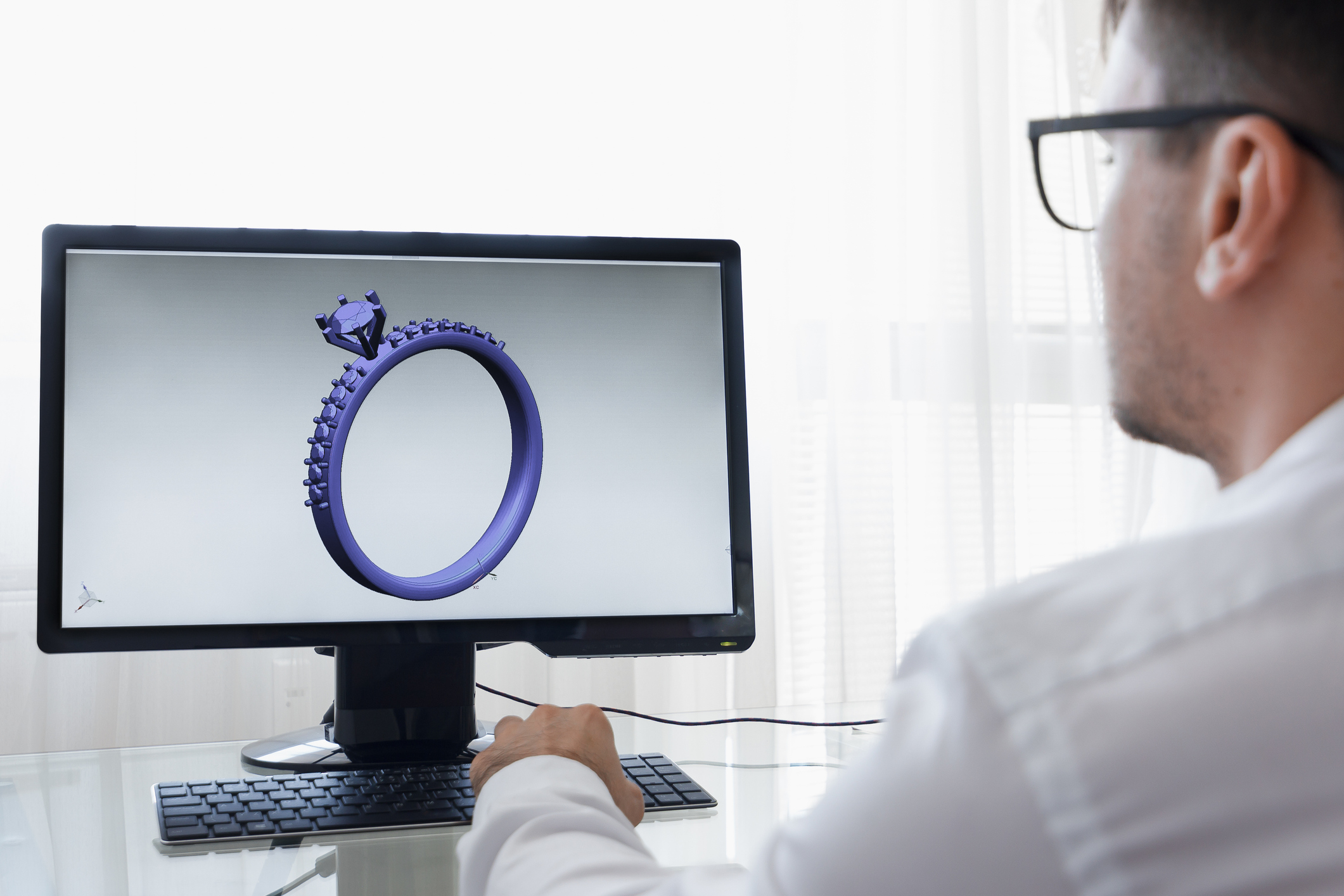In the jewelry industry, clienteling is one of the most effective ways to drive repeat business, build customer loyalty, and grow revenue. But success doesn’t come from good intentions alone. For clienteling to truly work, your store needs a clear plan and a structure your team can rely on.
Brady Hansen, VP of Sales & Marketing, outlines the three essential pieces every store needs in place: expectation, tools, and accountability.
Watch the video below for a quick overview, then keep reading to dive into each of the three and how you can apply them in your store.
1. Set a clear expectation
If clienteling is left open-ended, it won’t stick. Your sales team needs to know exactly what’s expected of them. That could mean following up with clients within a certain timeframe, sending a set number of outreach messages each week, or logging interactions consistently.
Without clear standards, everyone ends up doing their own version of clienteling—or worse, skipping it entirely. Defining what success looks like helps your team build strong habits and understand how clienteling fits into their role.
The goal isn’t to micromanage. It’s to create a consistent approach that your entire team can follow and improve upon over time.
2. Provide the right tools
Even the best expectations won’t lead to results if your team doesn’t have the right tools to carry them out. Sales associates are juggling a lot, and if clienteling is difficult, time-consuming, or requires switching between multiple systems, it’s unlikely to become a priority.
The right tool should simplify their day, not add to it. A clienteling platform should include customer profiles, purchase histories, task reminders, and messaging capabilities—all in one place. It should be intuitive and fast, so associates can spend less time digging through notes and more time connecting with customers.
At the end of the day, when clienteling is easy to do, it gets done.
3. Build in accountability
Once expectations are set and tools are in place, there’s still one crucial piece: accountability. If no one is monitoring clienteling efforts, it’s hard to know what’s working and what’s being missed.
Accountability doesn’t have to be complicated. It can be as simple as reviewing activity reports in your platform, checking in with team members regularly, or recognizing top performers. The key is to create visibility so that clienteling becomes part of your store’s culture, not just a suggestion.
Tracking progress also opens the door to coaching and celebrating wins. It gives you the insight you need to lead your team effectively.
How Clientbook supports all three
Clientbook was built to help jewelry stores succeed at clienteling by supporting all three of these pillars.
It gives store managers the ability to set expectations by assigning daily tasks and creating follow-up workflows. It provides sales associates with a simple, mobile-friendly platform that makes clienteling a seamless part of their day. And it includes reporting tools so managers can track activity, recognize great work, and identify areas for improvement.
Instead of hoping your team will remember to follow up, you can trust that it’s happening and see the results in your bottom line.
Conclusion: Make clienteling work for you
Clienteling doesn’t have to be complicated. With the right expectations, tools, and accountability in place, it becomes a natural and effective part of how your team sells. And when your clients feel seen and remembered, they’ll keep coming back.
Want to see how Clientbook can help your store put this into action? Book a demo and we’ll show you how to get started.





